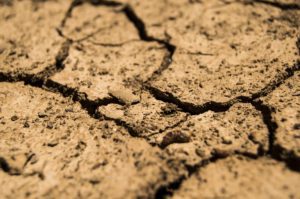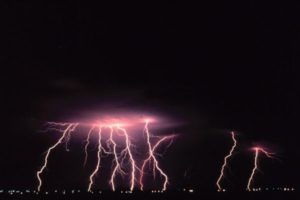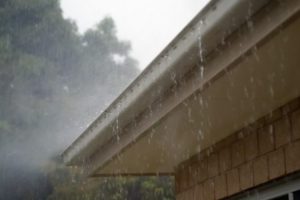
Got that Sinking Feeling? Land Subsidence Due to Drought Conditions
Now that most of California has emerged from a severe drought, thanks mostly to a…

Now that most of California has emerged from a severe drought, thanks mostly to a…

In the last several weeks Southern California has received much needed rain, helping to alleviate…
[caption id="attachment_739" align="alignleft" width="300"] (Courtesy of the California Department of Water Resources).[/caption] Last week California’s…

A few days ago, I saw a report on the global crane market forecast for…

2017 is right around the corner. It’s probably a good time to set some maintenance…

During the Thanksgiving holiday the Southland got a little more relief from our record-breaking drought…

Protecting properties on coastal parcels is critical, especially as we start to see much of…

Ever noticed something about your home, office or property and thought: “That doesn’t seem quite…
If you’ve ever used Google Earth, you know it’s amazing mapping tool from Google, the…

Standing water can ruin a property and pose serious issues to a community’s health. It…